Within advertising, there is a lot of thought and psychology behind which images work best at connecting with an audience and how these images are presented. Brands are always looking for ways to ensure that viewers not only remember their advertisements, but also feel a resonance or connection with the imagery.
In 2018 Right Left Agency conducted a study in collaboration with a USC Master of Science student that measured the effectiveness of using first-person point of view (POV) in advertisements. The study observed two Facebook ads. The only difference between the two ads was that one photo was shown in first-person POV and the other was shot in the more common third-person POV. The results showed higher measures of success in the first-person POV ad totaling “9% higher clicks (185 vs. 170), and 43% higher total engagement (n=32 vs. n=14)” compared to the third-person POV. The cost-per-click campaign was even decreased by the third day on the first-person POV ad due to higher engagement and Facebook Algorithm.
When it came to conversion rate, the third-person POV outperformed by a small margin (71 vs. 69); however, the Right Left Agency reminds us that previous research has shown that higher engagement may lead to a higher conversion rate in the long term. Calder, Malthouse, and Schaedel’s (2009) study confirmed that “despite the low relevance for short-term sales, likes and comments over the long-term were shown to be the strongest cumulative-sales drivers.”
Overall this study shows that a more intentional choice of imagery in advertisements has the capacity to resonate more effectively with consumers, and successfully impact commercial campaigns and ads.
Below we share why first-person POV is so effective, and our tips for bringing this perspective to your Licensing portfolio.
What sets first-person POV apart from the rest?
Well, as the 500px team has stated in previous articles, commercial advertising is most effective when the viewer can make a connection to what they see and are able to place themselves within the scene. That is why tips like turning your model slightly or completely away from the camera allows the viewer to easily imagine themselves having the experience. Another tip we often talk about is including the figure of a human or animal in a landscape or nature shot, photos like this have shown to be more salable than content without a human or animal presence.
The anonymous aspect of both of these examples breaks down barriers and allows the viewer to participate as the subject, rather than the observer. This strengthens the personal connection between the viewer and the content they consume.
First-person POV is taking that same concept and going the extra mile by actually creating the perceived experience from the viewers POV. It is allowing the viewer to engage in an immersive experience. This is placing the viewer into an action-forward scenario rather than a passive viewing experience.
It also connects to another salable commercial tip that the 500px team has spoken about previously, which is relatability. When the viewer can relate to the subject in the scene they are more likely to use the product or service.
We have actually seen more and more consumers demand relatability from their favorite brands and products. Western advertising is seeing a turn in advertising to be reflective of everyday life and everyday people.
Want to start shooting first-person POV yourself?
Why not? In fact, the 500px team highly recommends it, as it will diversify your commercial portfolio and you can easily use yourself in your shoots.
When shooting in first-person POV consider capturing everyday actions that are relatable to the viewer. Things like making dinner, using your phone or tech devices, riding your bike, playing with pets, or partaking in a craft or hobby are all great ways to capture your unique perspective.
Some key things to think about are:
Showing your hands
A key to taking a successful first-person POV is incorporating hands, this not only adds to the illusion of being in a first-person POV, but the sense of touch and action you are capturing helps to immerse the viewer into the scene.
Alternatively, you can capture your feet
Imagine you are lying on a beach or sitting by a pool — take a shot with your feet in the frame to give the viewer the illusion that they are there themselves.
Over-the-shoulder shots work well too
When working with models, or a tripod, to capture first-person POV, it may be helpful to use the over-the-shoulder angle, which will allow you to incorporate more of the model in the foreground.
Use props strategically
You can get creative with your first-person POV and use props instead of hands or feet. In the examples below, the photographers have captured first-person POV through their use of props.
Tips for capturing first-person POV
1. Start out by getting used to smaller actions where you can incorporate one hand while shooting with the other. This type of photo has sold a number of times on 500px.
2. For some shots you may want to show both hands, like when kayaking or holding your phone. In these instances, you may want to buy a camera strap, which easily allows you to take photos hands-free by using the interval timer on your camera.
3. Use your GoPro. GoPros are a great tool for taking first-person POV with less effort.
4. Consider using your smartphone—it is more accessible, and you can set it up on a tabletop tripod in front of you without taking up too much space.
We have rounded up some photos of first-person POV for inspiration
Citations:
POV and Advertising
14 Of Our Favourite Examples of Storytelling In Marketing
Not on 500px yet? Click here to learn about Licensing with 500px.




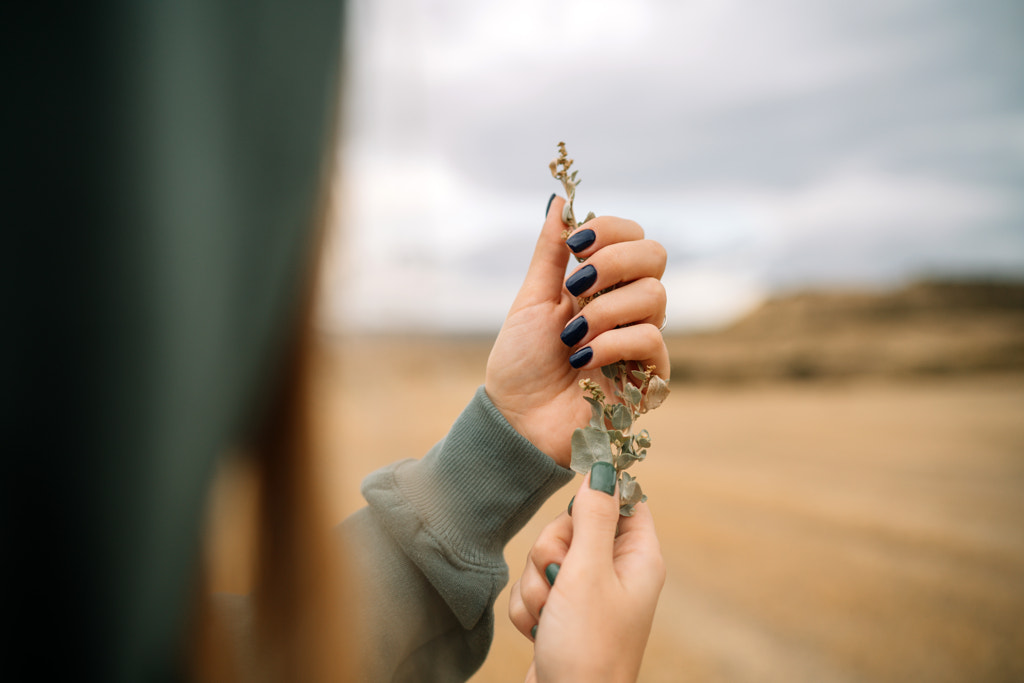
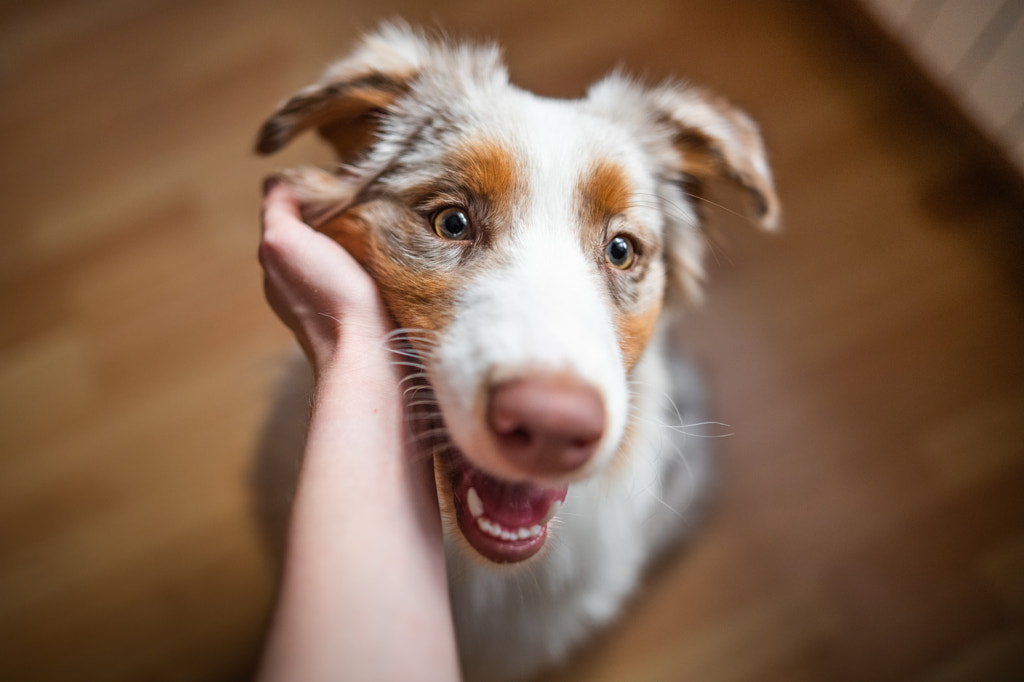

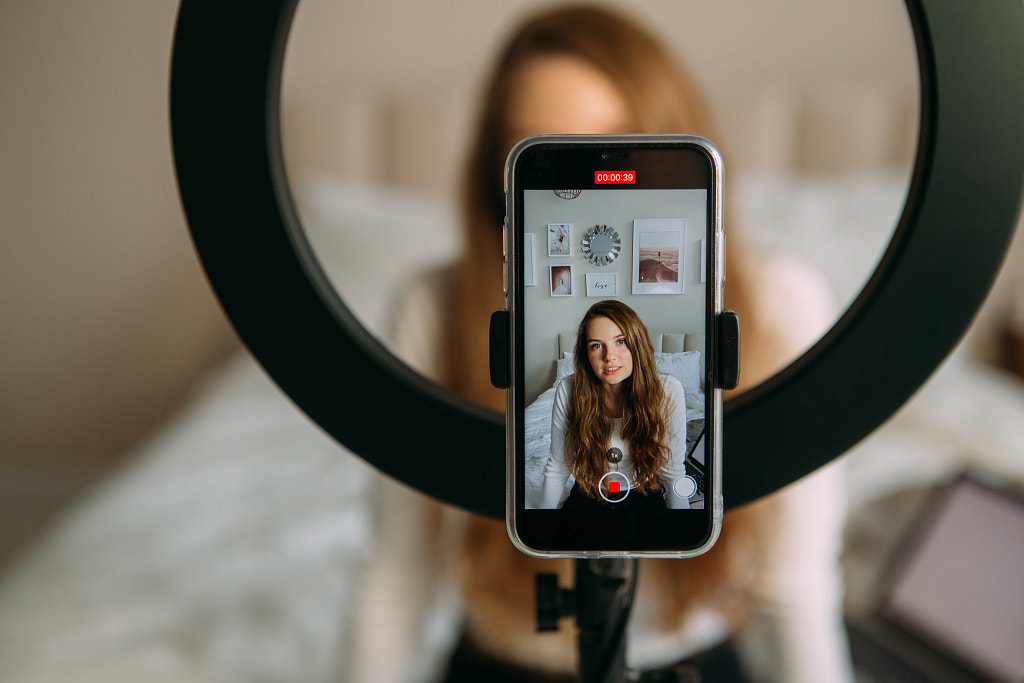


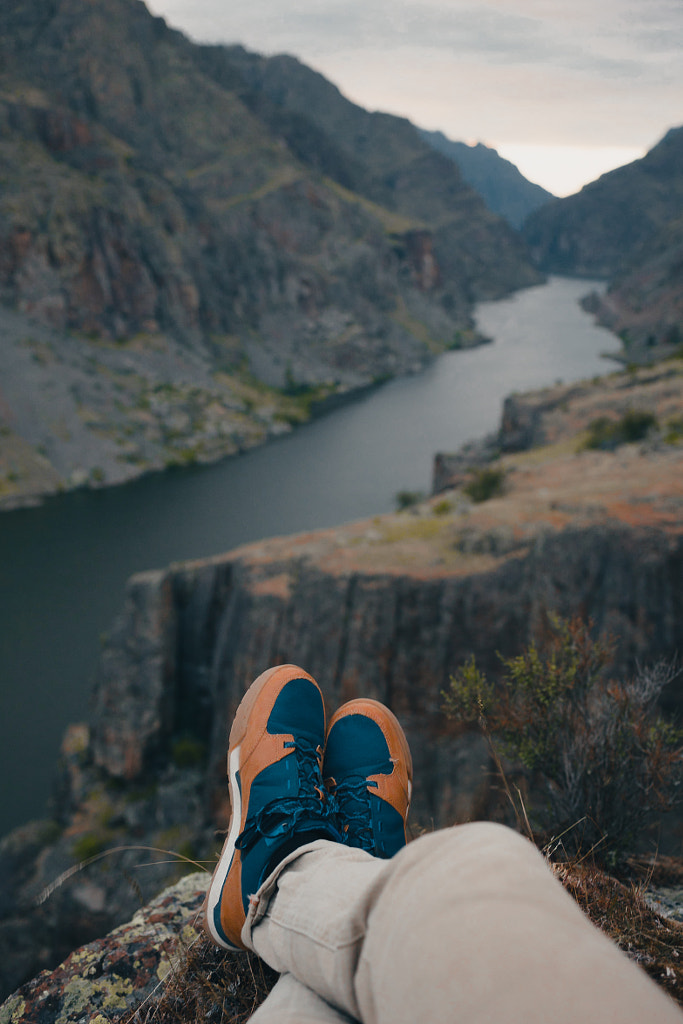
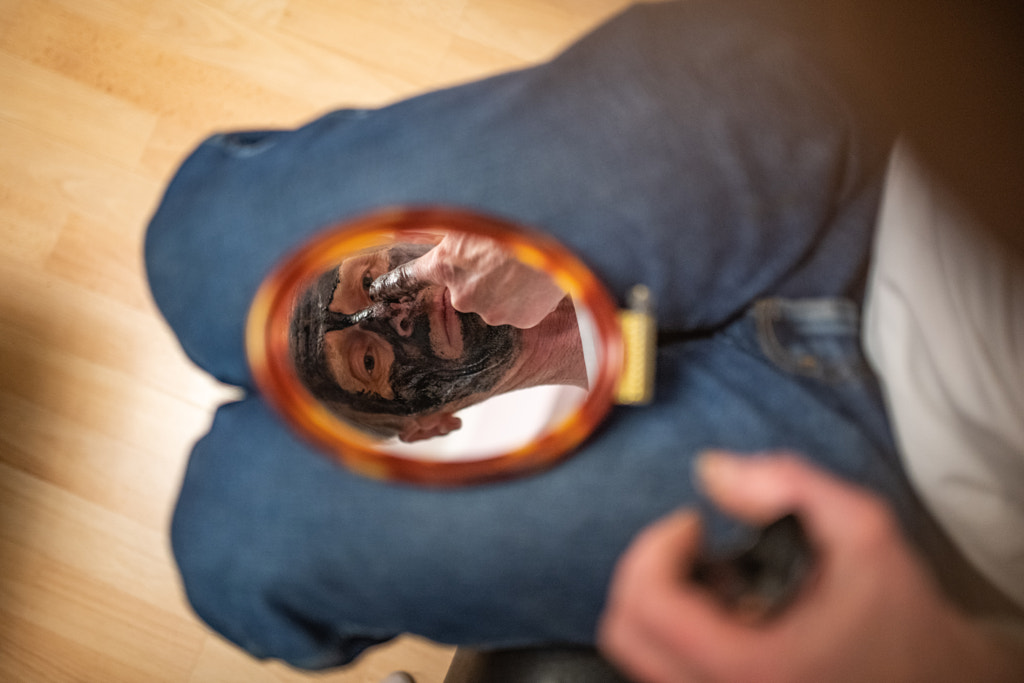
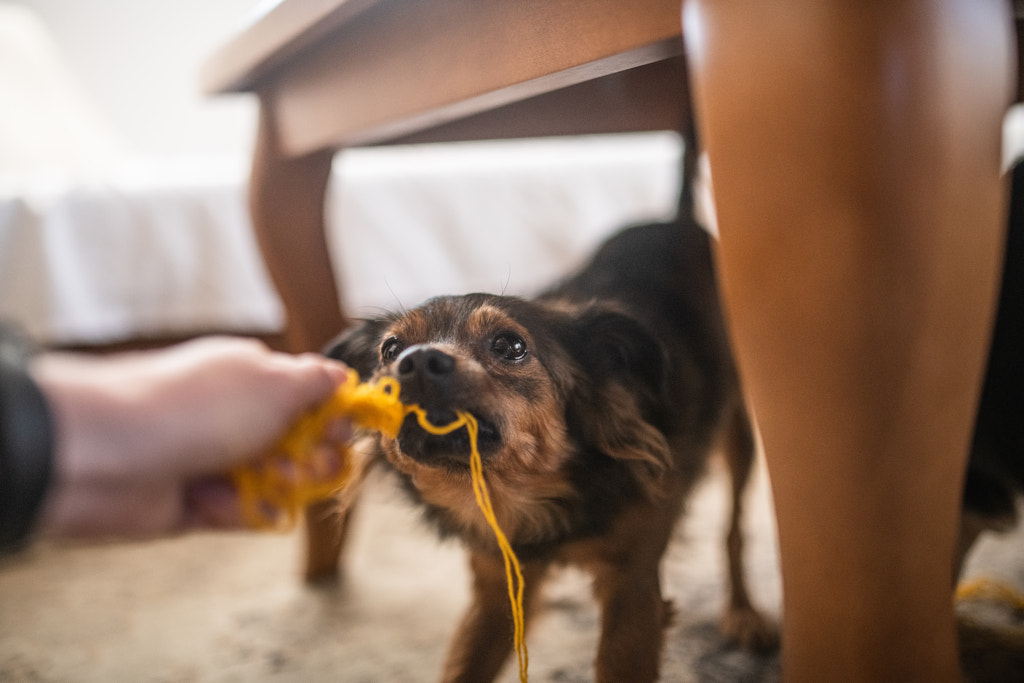
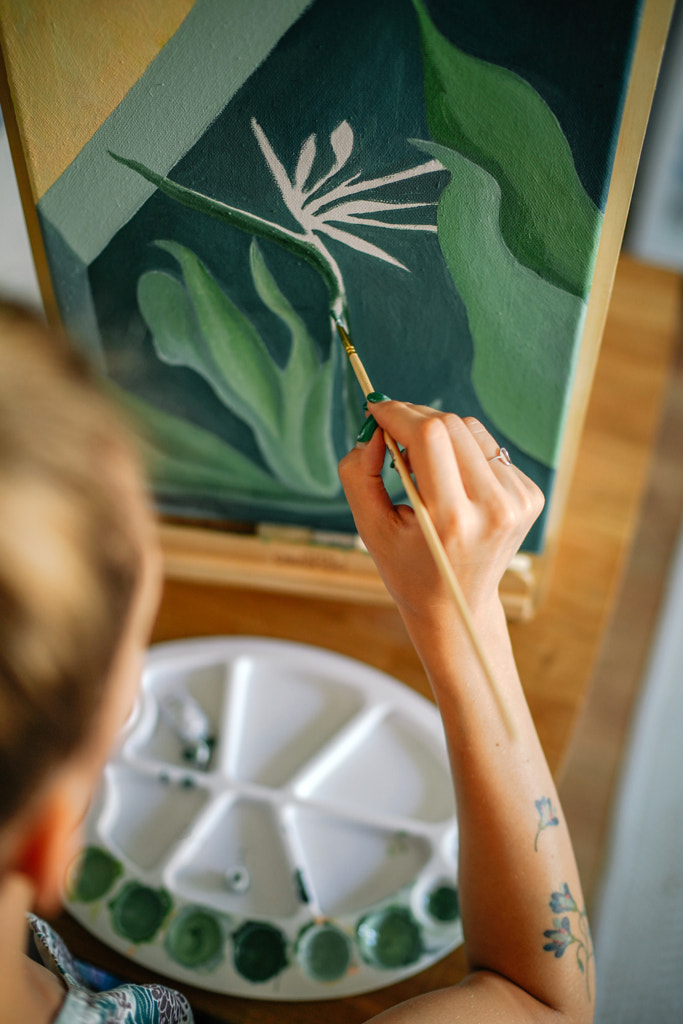

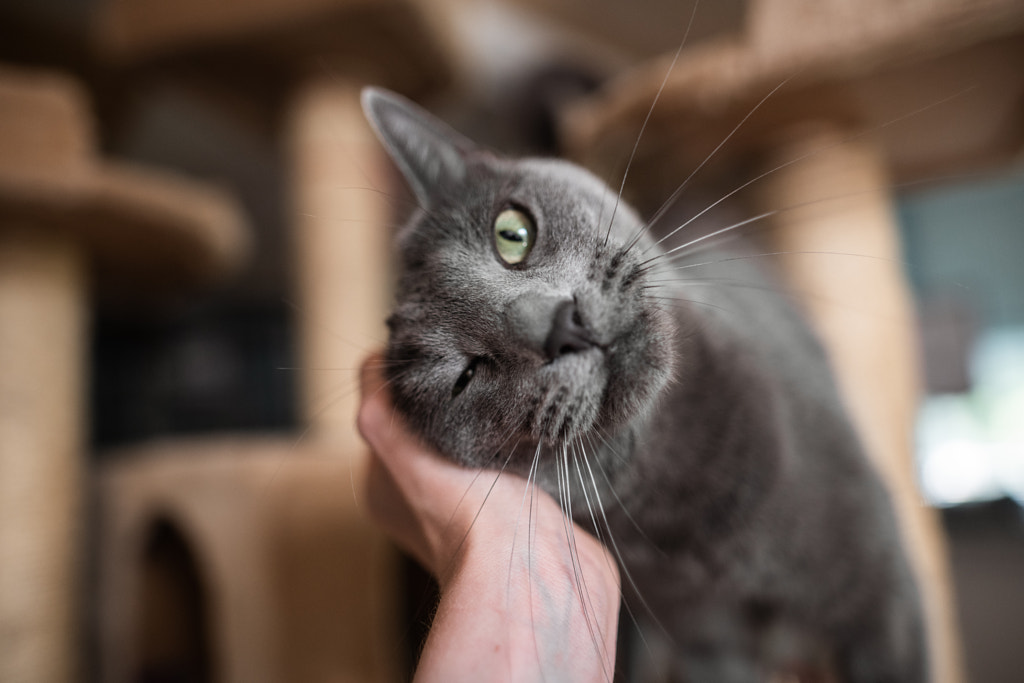


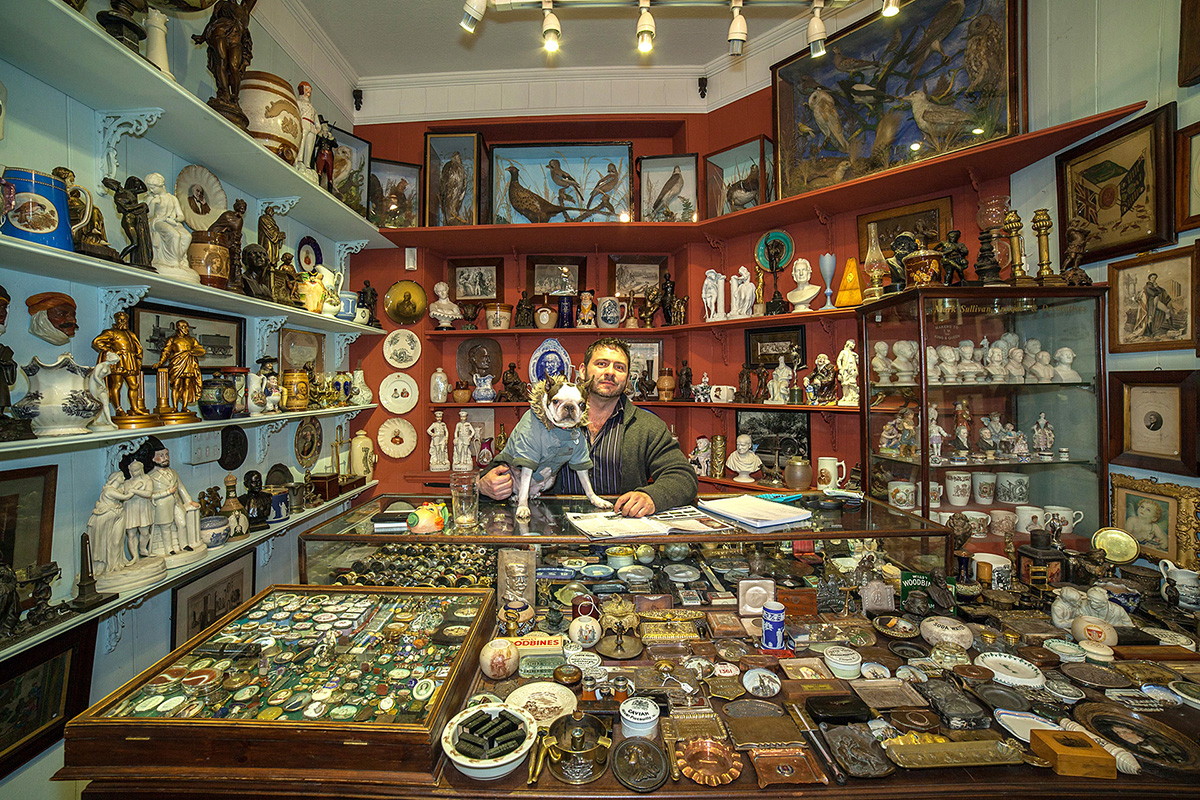
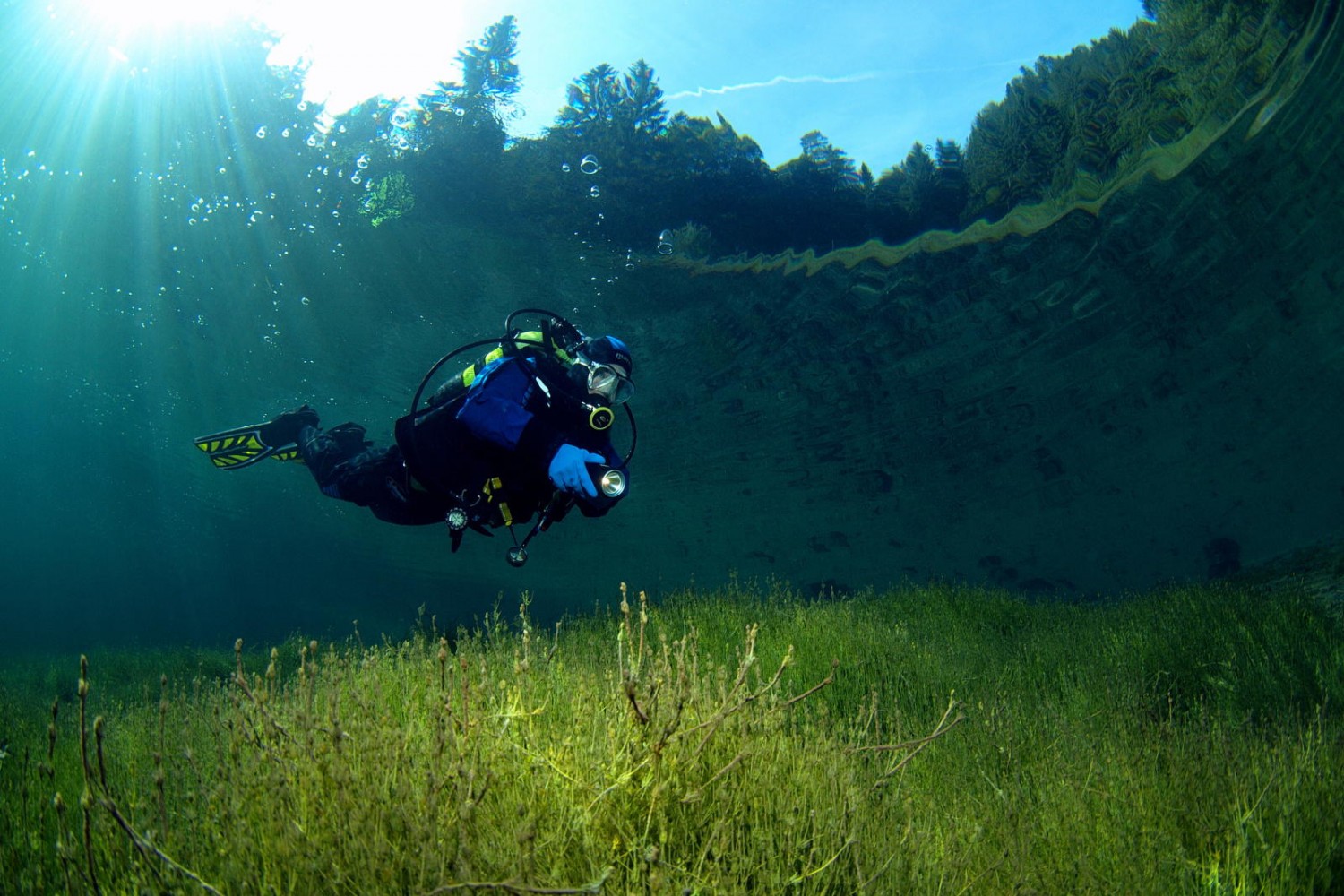

Leave a reply